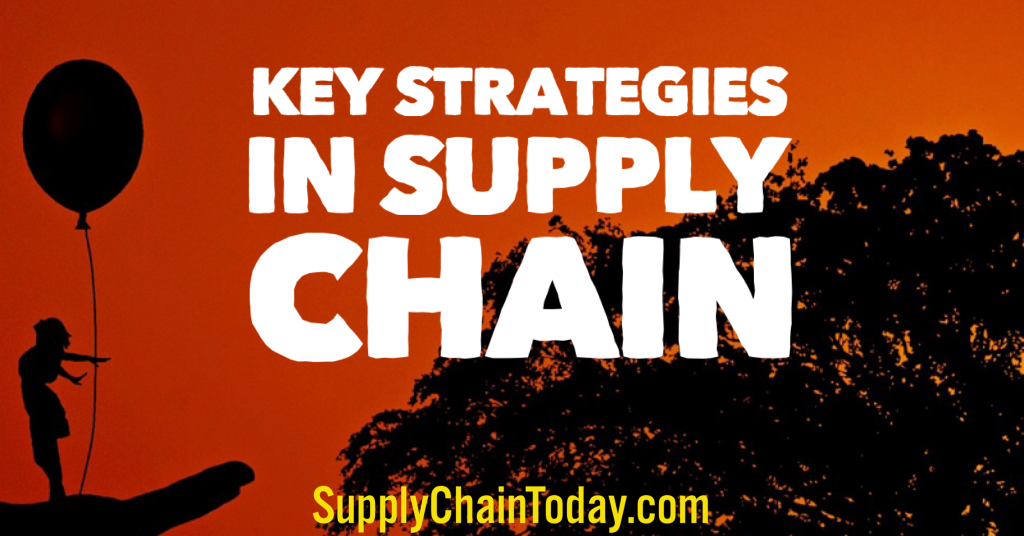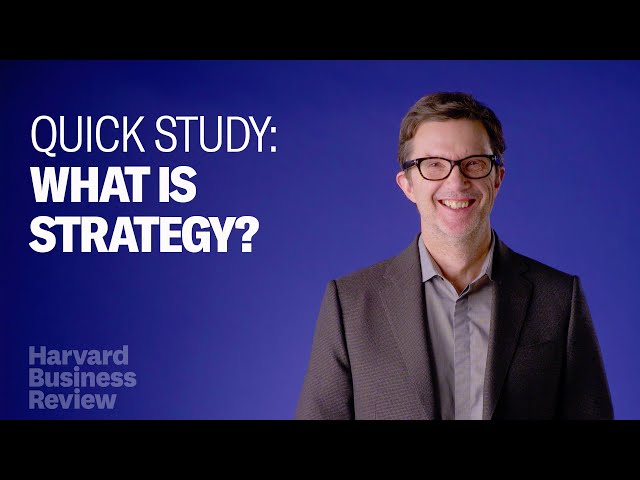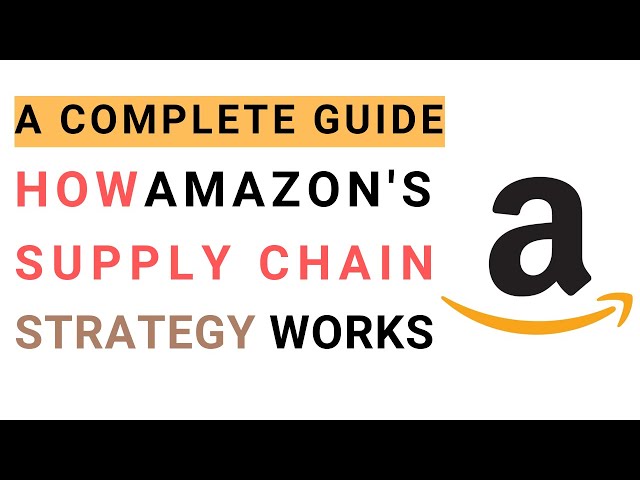Explaining Key Strategies in Supply Chain.
Supply chain strategies are essential for any company that wants to be competitive in today’s global marketplace. By carefully considering their supply chain needs and choosing the right strategies, companies can improve efficiency, reduce costs, and increase customer satisfaction.
Demand planning and forecasting
Demand planning and forecasting is the process of predicting future demand for products and services. This is an essential step in supply chain management, as it allows companies to plan production and inventory levels accordingly.
There are a number of different demand planning and forecasting methods that can be used, including:
- Historical data analysis: This involves analyzing historical sales data to identify trends and patterns. This information can then be used to forecast future demand.
- Market research: This involves conducting surveys and interviews with customers to understand their purchasing needs and preferences. This information can then be used to forecast future demand.
- Economic forecasting: This involves using economic models to forecast GDP growth, consumer spending, and other economic factors. This information can then be used to forecast future demand.
Inventory Management
Inventory management is the process of optimizing inventory levels to meet demand without overstocking or understocking.
Overstocking can lead to high inventory costs, while understocking can lead to stockouts and lost sales. Inventory management is therefore a critical part of supply chain management.
There are a number of different inventory management techniques that can be used, including:
- Economic order quantity (EOQ): This is a mathematical model that determines the optimal order quantity for a given product.
- Just-in-time (JIT) inventory: This is a strategy where companies keep only the inventory they need on hand. This can reduce inventory costs and improve efficiency, but it requires careful planning and coordination with suppliers.
- Vendor managed inventory (VMI): This is a strategy where suppliers manage the inventory levels of their customers. This can free up customers’ resources and allow them to focus on other areas of their business.
Transportation and Logistics
Transportation and logistics is the process of moving products and materials efficiently and cost-effectively from one point in the supply chain to another.
This includes activities such as:
- Transportation: This involves selecting and managing the transportation modes used to move products and materials.
- Warehousing: This involves storing products and materials until they are needed.
- Distribution: This involves delivering products and materials to customers.
Supplier Management
Supplier management is the process of building and maintaining relationships with suppliers to ensure a reliable supply of goods and services.
This includes activities such as:
- Qualifying suppliers: This involves assessing the capabilities and performance of potential suppliers.
- Selecting suppliers: This involves choosing the suppliers that best meet the company’s needs.
- Managing supplier relationships: This involves building and maintaining strong relationships with suppliers.
Warehousing and Distribution
Warehousing and distribution is the process of storing and distributing products efficiently and cost-effectively.
This includes activities such as:
- Warehouse design and layout: This involves designing and laying out warehouses to optimize efficiency and storage capacity.
- Inventory management: This involves managing inventory levels to ensure that products are available to customers when needed.
- Order fulfillment: This involves picking, packing, and shipping orders to customers.
Other supply chain strategies
In addition to the core supply chain strategies listed above, there are a number of other supply chain strategies that can be used to improve efficiency, reduce costs, and increase customer satisfaction. These include:
- Just-in-time (JIT) inventory: JIT is a strategy where companies keep only the inventory they need on hand. This can reduce inventory costs and improve efficiency, but it requires careful planning and coordination with suppliers.
- Vendor managed inventory (VMI): VMI is a strategy where suppliers manage the inventory levels of their customers. This can free up customers’ resources and allow them to focus on other areas of their business.
- Third-party logistics (3PL): 3PL is a strategy where companies outsource some or all of their logistics functions to a third-party provider. This can help companies to reduce costs and improve efficiency.
- Green supply chain management: Green supply chain management is a strategy where companies focus on reducing the environmental impact of their supply chain. This can include initiatives such as reducing waste, using renewable energy, and sourcing materials from sustainable suppliers.
Supply Chain Strategy Resources
What Is Strategy? It’s a Lot Simpler Than You Think.
The Strategic Role of Demand Management in Supply Chains
How Amazon’s Supply Chain Management Strategy Works?



